How to thread a pipe - 2 effective options for solving the problem
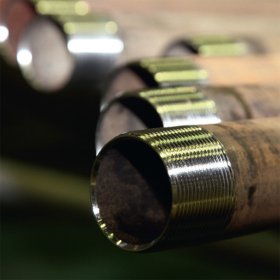
Own housing in the present crisis times is a great happiness. And no matter we are talking about a city apartment or a private house. In any case, a person feels firm ground under his feet amid this sea of instability. If only there was a house of your own, and all the work on its improvement can be done with your own hands. Of course, for this you need to have a great desire, good tools. As for skills, they can be acquired in the process of various activities. Naturally, one cannot do without a theoretical study of the foundations of the production of certain works. In the framework of this article, we propose to analyze the topic of how to cut a thread on a pipe. Naturally, we are interested in the most popular ways of performing this operation in a home workshop.
Option No. 1: We use an electric thread cutter
Like many modern household electrical devices, an electric thread cutter is very simple and convenient to use. And this is especially true when it comes to threading on small workpieces. There is no need to puzzle over how to securely clamp the pipe.
Typically, the kit of such a device includes lerks of different diameters and the electrical device itself, with a powerful reverse gear. A piece of pipe is clamped in a special guide vise-holder. And then everything is simple - you pull the trigger with the thumb of your right hand and perform threading.
Thread cutting on pipes in this way carries the risk of heating too quickly and even overheating of the electric cutter. Of course, if we are talking about processing one single part, then there can be no problems. Although in this case the question arises of the appropriateness of acquiring this expensive device. If it is supposed to carry out several long threads, for example, on an inch pipe, then it is necessary to operate the electric thread cutter with great care. In addition, its dimensions do not always allow threading into a pipe located close to the wall.
Option No. 2: Hand-carved thread
Manual threading of pipes is carried out using the following tools and materials:
- die holder
- rough thread die
- fine thread dies
- lubricant: solid oil, machine oil or “folk remedy” - a piece of fat
- grinder or good file
A beginner may have a fair question: why do we need two dies? The fact is that I also call them walk-through and fair. They are used for the reason that it facilitates the cutting process itself. And, in addition, the wear of the tool itself is reduced, which is even more important if you analyze its quality.
Important! Wherever you are threading: on water pipes, on the elements of the heating system or on the insert in the house, first you need to make sure the pipes are in good condition. Otherwise, it is likely that the pipe will be broken when threading.
The procedure for performing work with manual cutting:
- Threading into pipes begins with a mandatory event - chamfering, at the end where the threaded connection will be.
- Grease is applied to the place of the thread and the teeth of the die.
- The die holder with the passage die fixed on it is pressed against the pipe with force so that it engages.
- The device must be rotated clockwise - threading is performed (approximately 5 revolutions). If in the process there is a lot of resistance, then you can make a half turn back. The chips will break off and turn clockwise again will become easier.
The work involves a finishing die, which is also pre-lubricated. The procedure is repeated, as with rough cutting.
Note! You cannot do all the work in one fell swoop. Slicing should be done gradually, moving half a turn forward. Otherwise, it is possible to bend the pipe and damage the handle irrevocably.
Compare dice with each other
The photo shows two dies: one is high-quality and the other is cheap. In principle, the difference is visible even to the naked eye, and any comments are hardly needed. Just note that an inexpensive tool will perform good thread for a short time, literally after a few applications, the applied thread will no longer have the desired depth.
What should be the pipe itself?
Before you make a thread on the pipe, you must perform some preparatory work. This primarily applies to pipes that have already been used. If it was painted, then the paint layer must be disposed of. The same should be done with a layer of building material, frozen on the outer surface of the pipe.
At the end of threading, you need to arm yourself with a flashlight and carefully inspect the connection obtained. If there is a used pipe in operation, it may very well be that through cuts formed in the seams of the thread due to wear of the material. Then you will need to think about another option for connecting the pipeline or even replacing the damaged area.
Why do we need a thread?
We seem to have sorted out the two most popular options for threading into a pipe, but the logical question may arise: why is this even necessary if almost all pipelines today are made of various types of plastic, at least in everyday life? The answer is very simple - to connect a metal pipe and a plastic one is possible only by means of a threaded connection, and nothing else. And such designs are still found in an individual dwelling very often.
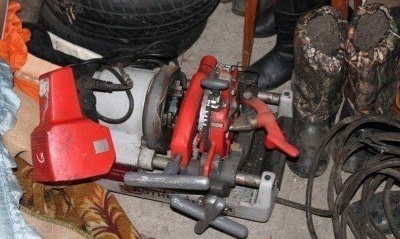
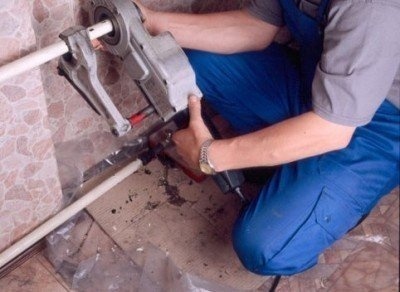
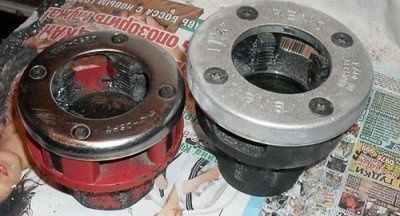

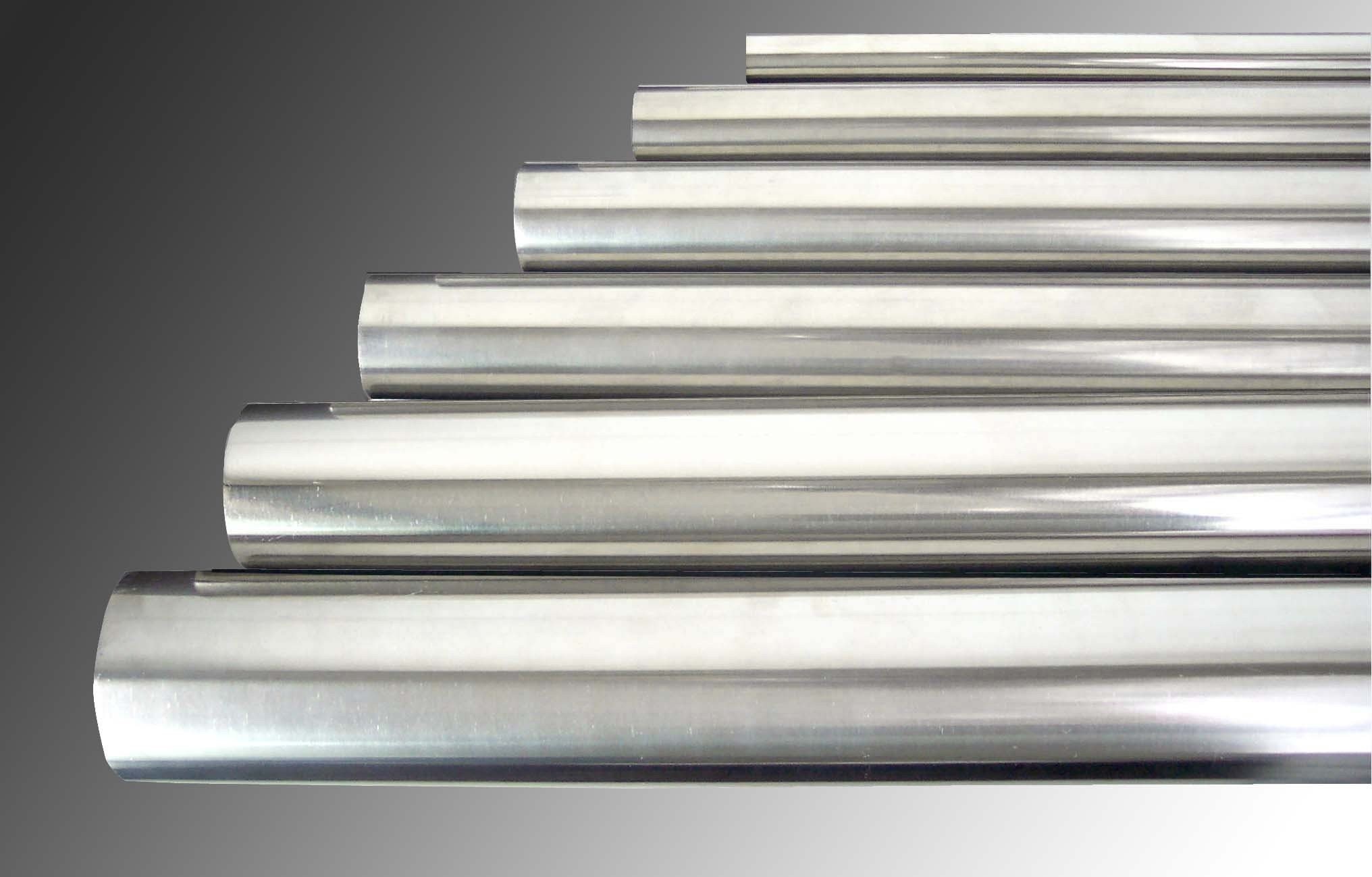
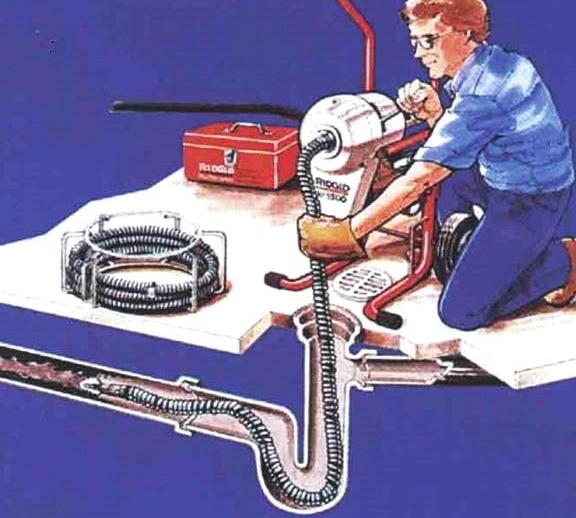
2 comments